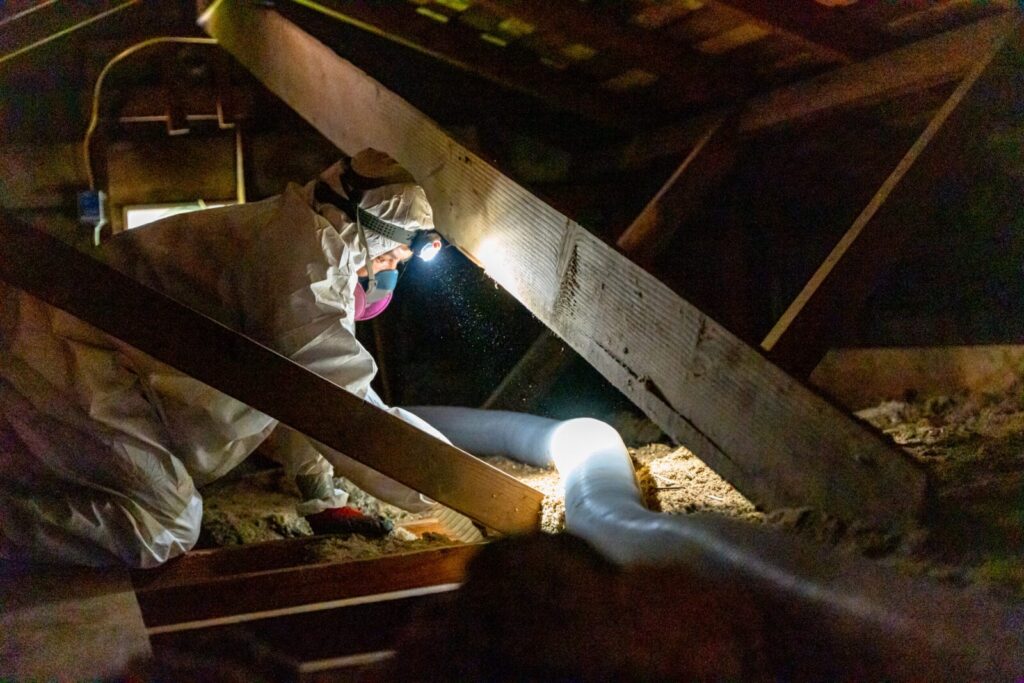Don’t Let Mice and Rats Into Your Attic
Rodents such as mice and rats are notorious for invading attics, attracted by warmth, shelter, and easy access to insulation. Once inside, they can cause significant damage by chewing through insulation, wiring, and even structural elements—leading to costly repairs and energy inefficiency. Knowing how rodents gain access and how to defend your attic is key to preventing infestations and protecting your home.
Why Attics Are a Target for Rodents
Attics provide an ideal nesting environment for rodents. The quiet, undisturbed space combined with warm temperatures and soft insulation makes them prime real estate for pests looking to raise their young or stay safe from predators.
Rodents enter through tiny gaps and holes around vents, rooflines, eaves, and attic access doors. Left unchecked, they can quickly establish nests that damage your insulation and create health hazards.
How Rodents Gain Access to Your Attic
- Cracks or gaps around soffits, vents, and chimneys
- Poorly sealed attic doors or hatches
- Holes chewed through weak spots in roofing or siding
- Gaps around electrical or plumbing penetrations
Even openings as small as a quarter inch can be enough for mice and small rats to squeeze inside.
Essential Attic Defense Tips to Prevent Rodent Infestation
- Seal All Entry Points
- Carefully inspect your attic perimeter and seal cracks or holes using steel wool, metal flashing, or high-quality caulk. Use weatherstripping or rodent-proof door sweeps on attic access doors.
- Maintain Proper Ventilation and Screens
- Install sturdy mesh screens over vents to allow airflow but block rodent entry. Good ventilation also prevents moisture buildup that attracts pests.
- Inspect and Protect Insulation
- Check insulation regularly for signs of gnawing, nesting material, or droppings. Damaged insulation reduces energy efficiency and may need replacement. Consider spray foam insulation for a tighter, pest-resistant seal.
- Keep Surroundings Clean and Trimmed
- Remove brush, tree branches, and debris near your roofline that rodents can use as bridges to access your attic.
- Use Pest Exclusion Barriers
- Install metal flashing or wire mesh barriers where wiring, pipes, or vents enter the attic to close off rodent pathways.
What to Do If You Have a Rodent Infestation
- Call a pest control professional for safe and thorough removal.
- Inspect electrical wiring for damage to prevent fire risks.
- Clean and disinfect affected areas using protective gear to avoid disease exposure.
- Repair or replace damaged insulation promptly to restore attic performance.
Why Rodent-Proofing Your Attic Matters
Rodent infestations cause:
- Insulation damage, reducing your home’s energy efficiency and increasing heating/cooling costs
- Structural damage from chewing and nesting
- Health risks from droppings and urine
- Fire hazards due to wiring damage
Taking preventative steps saves you money and protects your home’s safety and comfort.
Final Thoughts: Protect Your Attic from Rodents Today
Don’t let mice and rats turn your attic into their new home. By sealing access points, maintaining insulation, and improving ventilation, you create a strong defense against pests. Start rodent-proofing your attic now to protect your home, save on energy costs, and avoid expensive repairs.

